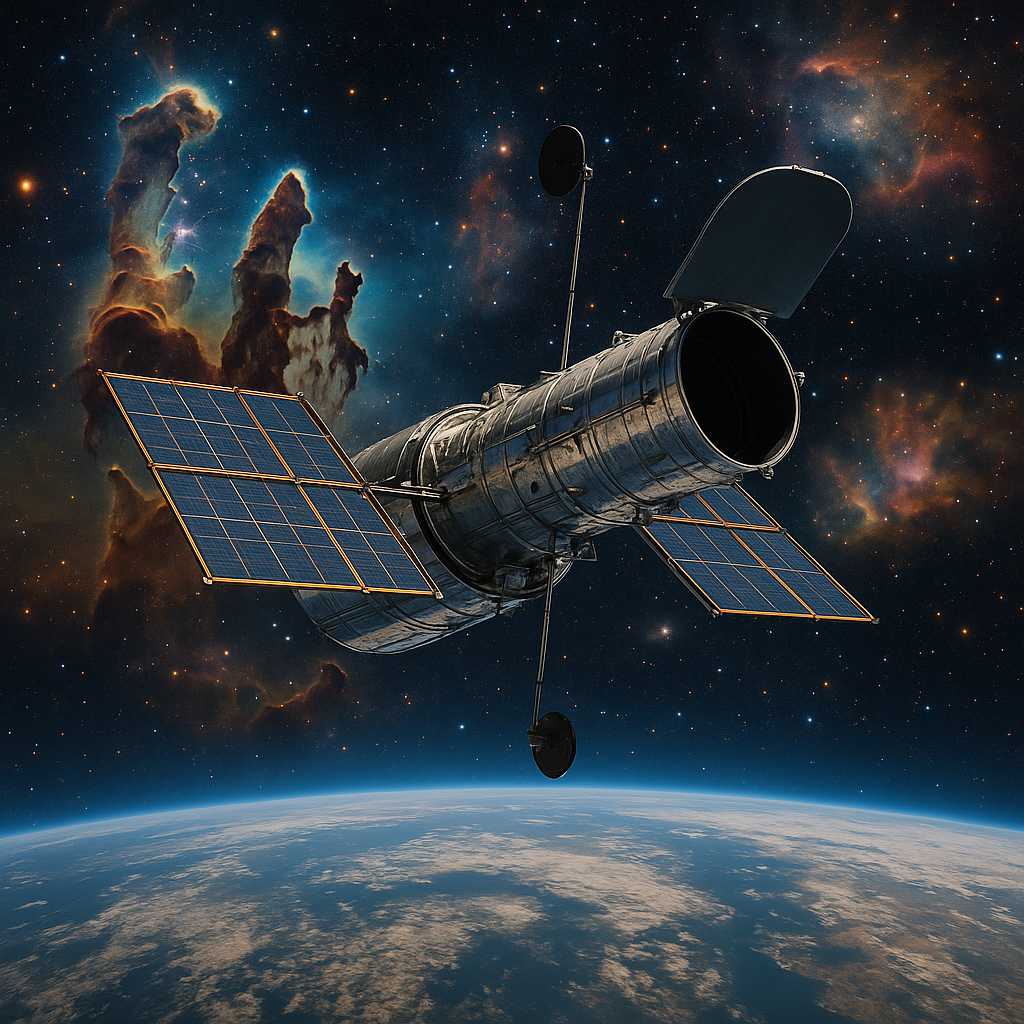Since its launch in 1990, the Hubble Space Telescope has dramatically transformed our understanding of the universe. Orbiting above the distortion of Earth’s atmosphere, Hubble has captured breathtaking images and delivered crucial scientific data, leading to monumental discoveries in astronomy.
A Window into the Universe
Hubble was named after American astronomer Edwin Hubble, who demonstrated the expansion of the universe. The space telescope orbits at about 340 miles (550 kilometers) above Earth, allowing it to observe celestial objects with unprecedented clarity. Over its more than three-decade-long service, Hubble has contributed to breakthroughs such as accurately determining the age of the universe, confirming the existence of supermassive black holes, and providing key evidence for dark energy.
Revolutionary Images and Discoveries
Some of Hubble’s most famous images include the Pillars of Creation in the Eagle Nebula, the deep fields revealing thousands of galaxies, and detailed close-ups of our planetary neighbors. Hubble has helped track the atmospheric changes on planets like Jupiter and Saturn, study distant worlds, and foster public interest in astronomy through its stunning visuals.
A Collaborative Effort
The Hubble project is a collaboration between NASA and the European Space Agency, involving countless scientists, engineers, and astronauts. Multiple servicing missions by astronauts aboard the Space Shuttle have kept Hubble operational, updated its instruments, and extended its life far beyond original expectations.
Looking Forward
While newer telescopes, such as the James Webb Space Telescope, are set to extend humanity’s reach even farther, Hubble’s legacy endures. Its vast archive of observations continues to fuel discoveries, making Hubble one of the most important scientific instruments in history.
— Darlene


Leave a Reply